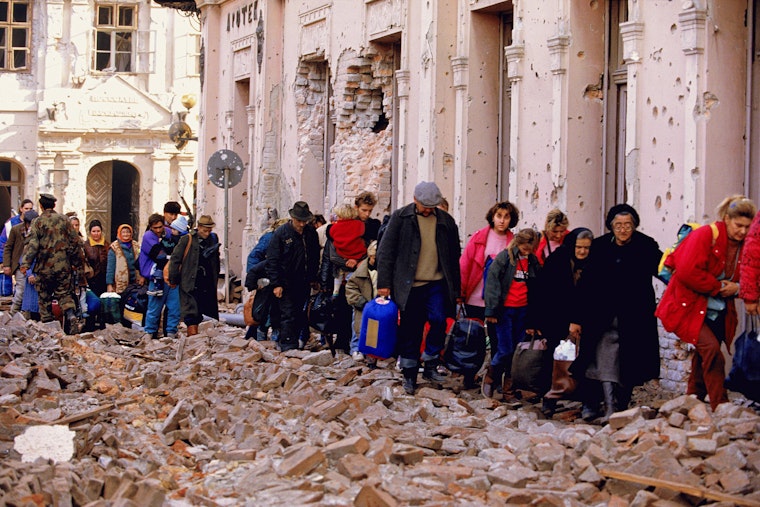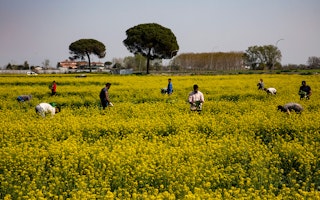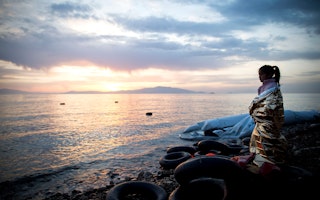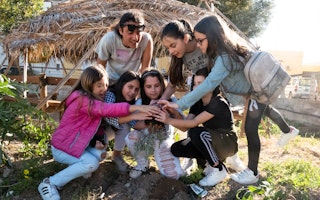For Croatians, the Refugee Crisis Is Personal
By Tin Gazivoda

Just hours after harsh new legislation targeting migrants earlier this month was implemented and a new border fence neared completion, the columns of refugees moving through Hungary turned left.
Their new destination was Croatia, and since they shifted course, it is estimated that as many as 100,000 of them have entered that country, with many more arriving each day. For most refugees, Croatia is not their last stop. New arrivals usually register for a place on a train or a bus heading for Hungary or Slovenia.
But like elsewhere in Europe, they are met by volunteers, civil society organizations, and ordinary citizens. This display of humanity and solidarity in Croatia feels personal—this is a country that knows displacement.
While European leaders in Brussels debate mandatory quotas, in Croatia, measures big and small are being taken to ease the plight of the refugees. People are offering food and shelter, mobile phone chargers, WiFi to contact family, and buses to bring them from the border to the village of Opatovac’s newly formed tent camp. They have spontaneously organized a broad alliance called “Welcome” that includes different groups working on advocacy, humanitarian assistance, legal issues, and public activities, coordinated by an Open Society grantee, the Center for Peace Studies.
The first event was held in the town of Kutina on Sunday. Asylum seekers, activists, and locals came together for a day-long program that included a concert by a Syrian rock group travelling along the Balkan route. Of course, the thousands of people arriving each day means that there is confusion, overcrowding, and chaos as well. The police so far have refrained from repression and the government has rejected calls from President Grabar-Kitarović and the nationalist opposition party HDZ to clamp down.
This is, after all, not Croatia’s first refugee crisis.
Croatia is a country of 4.3 million people. During the 1991–95 wars, close to 20,000 people died, and over a thousand are still missing. Some of the worst war crimes and devastation took place in Eastern Slavonia, from the siege of Vukovar to crimes committed by Serb paramilitary units in neighboring villages such as Aljmaš, Lovas, Ilok, and Tovarnik.
During the war, Croatia took in well over 500,000 refugees and internally displaced persons. Most people remember their own experiences with displacement. This week, thousands of exhausted refugees, crammed into overflowing buses and trains, once again arrived in Tovarnik, which lies on the border with Serbia and is a major crossing point for refugees entering Croatia.
While the political blame game rolled on and news about border crossings closing (and opening) proliferated, ordinary Croatians joined with the Red Cross, human rights groups, faith-based organizations, and hundreds of volunteers to help. Many people in Tovarnik and the surrounding region said that they knew what it was like to be chased from their homes and see members of their families killed.
Many in Croatia understand that Europe’s new refugees are trying to escape the horror of war, and what they need now is basic help and humanity, not other people’s jobs or property. Memories are still fresh in both countries of the bloody ethnic conflicts of the ’90s. It is worth remembering our past, not just to help with how we treat our neighbors, but also how we treat our new arrivals.
Until January 2024, Tin Gazivoda was a unit manager with Open Society–Europe and Central Asia.


